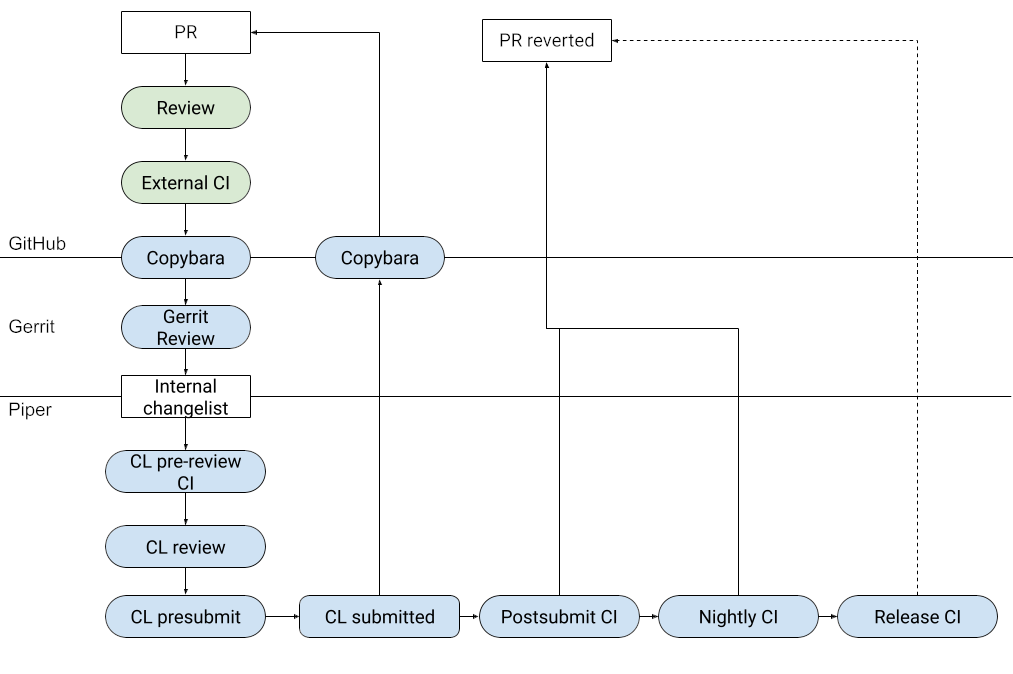- Sort Score
- Result 10 results
- Languages All
Results 1 - 9 of 9 for lifetimes (0.06 sec)
-
src/test/java/jcifs/smb/Kerb5AuthenticatorTest.java
Kerb5Authenticator auth = new Kerb5Authenticator((Subject) null); assertEquals(expected, auth.isPreferredMech(oid)); } @Test @DisplayName("Accessors: user/realm/service and lifetimes") void accessors_workAsExpected() { Kerb5Authenticator auth = new Kerb5Authenticator((Subject) null); // User accessors assertNull(auth.getUser()); auth.setUser(null);
Registered: Sun Sep 07 00:10:21 UTC 2025 - Last Modified: Thu Aug 14 05:31:44 UTC 2025 - 10.9K bytes - Viewed (0) -
src/main/java/jcifs/smb/Kerb5Authenticator.java
return this.service; } /** * Get lifetime of current user. * * @return the remaining lifetime in seconds. If the default lifetime is * used, this value have no meaning. * */ public int getUserLifeTime() { return this.userLifetime; } /** * Set lifetime of current user. * * @param timeRegistered: Sun Sep 07 00:10:21 UTC 2025 - Last Modified: Sat Aug 16 01:32:48 UTC 2025 - 13.2K bytes - Viewed (0) -
docs/bucket/versioning/README.md
computationally difficult to guess. They are globally unique identifiers which can be locally generated without contacting a global registration authority. UUIDs are intended as unique identifiers for both mass tagging objects with an extremely short lifetime and to reliably identifying very persistent objects across a network. When you PUT an object in a versioning-enabled bucket, the noncurrent version is not overwritten. The following figure shows that when a new version of `spark.csv` is...
Registered: Sun Sep 07 19:28:11 UTC 2025 - Last Modified: Tue Aug 12 18:20:36 UTC 2025 - 12K bytes - Viewed (0) -
docs/en/docs/deployment/https.md
* For HTTPS, **the server** needs to **have "certificates"** generated by a **third party**. * Those certificates are actually **acquired** from the third party, not "generated". * Certificates have a **lifetime**. * They **expire**. * And then they need to be **renewed**, **acquired again** from the third party. * The encryption of the connection happens at the **TCP level**. * That's one layer **below HTTP**.
Registered: Sun Sep 07 07:19:17 UTC 2025 - Last Modified: Sun Aug 31 19:34:08 UTC 2025 - 14.3K bytes - Viewed (0) -
okhttp/src/commonJvmAndroid/kotlin/okhttp3/CacheControl.kt
val maxAgeSecondsLong = timeUnit.toSeconds(maxAge.toLong()) this.maxAgeSeconds = maxAgeSecondsLong.commonClampToInt() } /** * Accept cached responses that have exceeded their freshness lifetime by up to `maxStale`. If * unspecified, stale cache responses will not be used. * * @param maxStale a non-negative integer. This is stored and transmitted with
Registered: Fri Sep 05 11:42:10 UTC 2025 - Last Modified: Fri Dec 27 13:39:56 UTC 2024 - 10K bytes - Viewed (0) -
src/main/java/jcifs/smb/SmbTreeImpl.java
* connected. Bastards! Disconnect this tree * so that it reconnects cleanly should the share * reappear in this client's lifetime. */ log.debug("Disconnect tree on NT_STATUS_NETWORK_NAME_DELETED"); treeDisconnect(true, true); } throw se; }Registered: Sun Sep 07 00:10:21 UTC 2025 - Last Modified: Sun Aug 31 08:00:57 UTC 2025 - 30K bytes - Viewed (0) -
CONTRIBUTING.md
to fix this. - Once the internal tests pass, we go ahead and merge the code internally as well as externally on GitHub. In a graphical form, the entire lifetime of a PR looks like  ### Contributor License AgreementsRegistered: Tue Sep 09 12:39:10 UTC 2025 - Last Modified: Sat Jan 11 04:47:59 UTC 2025 - 15.9K bytes - Viewed (0) -
android/guava/src/com/google/common/util/concurrent/ExecutionSequencer.java
oldFuture.addListener(taskFuture, taskExecutor); ListenableFuture<T> outputFuture = Futures.nonCancellationPropagating(taskFuture); // newFuture's lifetime is determined by taskFuture, which can't complete before oldFuture // unless taskFuture is cancelled, in which case it falls back to oldFuture. This ensures that
Registered: Fri Sep 05 12:43:10 UTC 2025 - Last Modified: Wed Jul 23 15:26:56 UTC 2025 - 22.1K bytes - Viewed (0) -
cmd/utils.go
} } } return dst, nil } func setDefaultProfilerRates() { runtime.MemProfileRate = 128 << 10 // 512KB -> 128K - Must be constant throughout application lifetime. runtime.SetMutexProfileFraction(0) // Disable until needed runtime.SetBlockProfileRate(0) // Disable until needed } // Starts a profiler returns nil if profiler is not enabled, caller needs to handle this.
Registered: Sun Sep 07 19:28:11 UTC 2025 - Last Modified: Fri Aug 29 02:39:48 UTC 2025 - 33K bytes - Viewed (0)